 Back to Resources
Back to Resources
Big Room Planning is a really simple idea that’s extremely powerful. Basically, it’s all the teams and everyone else needed coming together (in a ‘big room’) to coordinate and collaborate towards a shared understanding of how they’ll achieve outlined business goals over the next quarter (usually). You can always leverage a BRP style event for kick-offs and inceptions as well. The outcome is a roadmap as a visual board that appears to show the commitment estimated for the period-of-time per initiative.
VIRTUAL Big Room Planning Guide: If you would like to get your own virtual Big Room Planning off the ground and need advice or assistance, reach out to us here and we’ll see how we can help.
Big Room Planning process
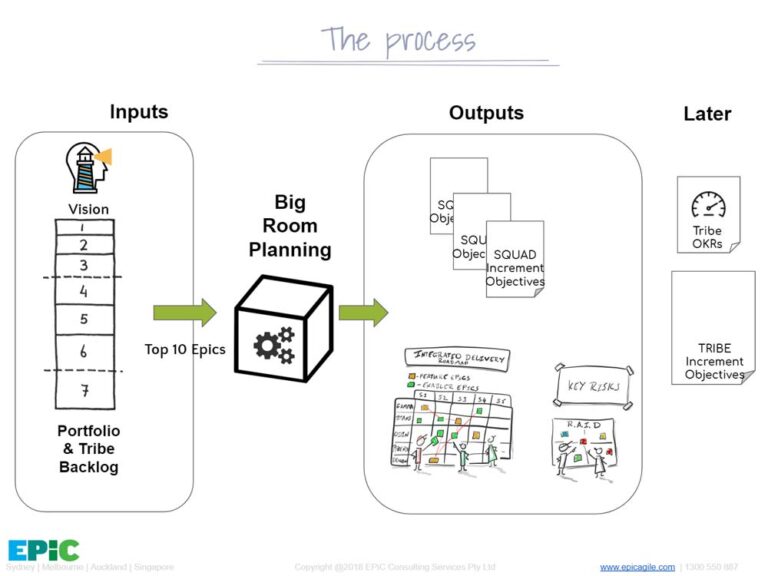
Everyone in BRP looks to consider:
• What’s needed to be done to achieve the business goals put forward and the strategic alignment
• What’s our capacity look like
• Who and what are we dependent on to achieve a successful outcome; and who is dependent on us — plus how to best manage this moving forward
• What are our risks and how will they be handled
• What is our confidence in success for the plan we’ve put forward
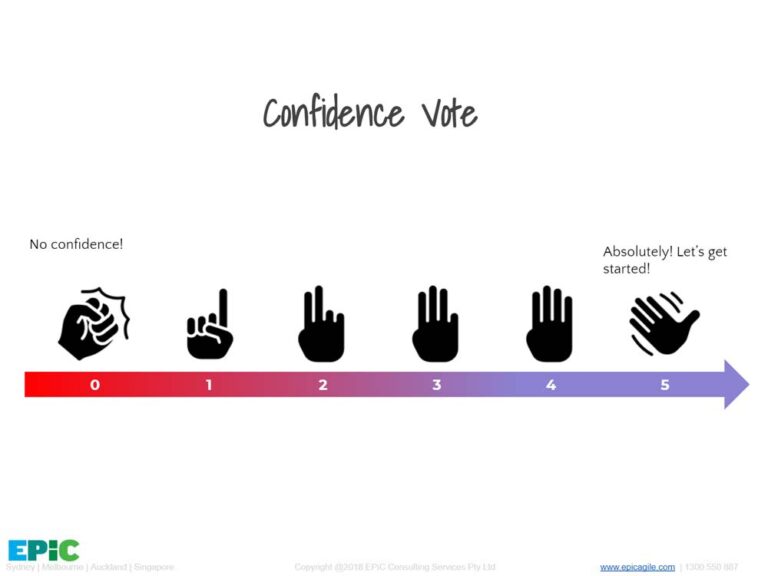
Enter your details below to enquire about a free consult with one of our specialists.
The difficult parts?
Usually the aspects behind the scenes that lead up to the event itself — organisation of the event, logistics, timing, and clashes of calendar; these are the items that can ruin a golden vision of a BRP. As long as you’ve cleared the major obstacle and you have buy-in and support from the business towards holding a BRP event, the other aspects you’ll be able to overcome.
Your BRP event may run from one to two days, the larger the group and higher the complexity of the work coming up should aid in deciding if one or two days is most beneficial towards the outcome desired.
Executions of the event can have differing flavours depending on the basis of the framework, size of the group, and experience with the format, but the event usually looks to follow similar guardrails towards the desired outcomes of value, for example:
• Setting the context on the day to the participants
• Aligning on the Vision and Mission for the Objectives and their perceived business-value
• Desired outcome/s by the end of the event from the participants
• Breakout planning by teams – breaking their initiatives down from Big Rocks into Smaller Rocks
• Syncing together across all teams: work on / won’t work on; Risk, Assumptions, Issues, Dependencies (RAID)
• Confidence vote on potential for success towards what has been outlined by teams and towards the Objectives; discuss and look to uplift if low before conclusion
• Next steps and following cadences post event
• Cadences defined for the participants to come together again after the event allows for frequent course correction across the teams
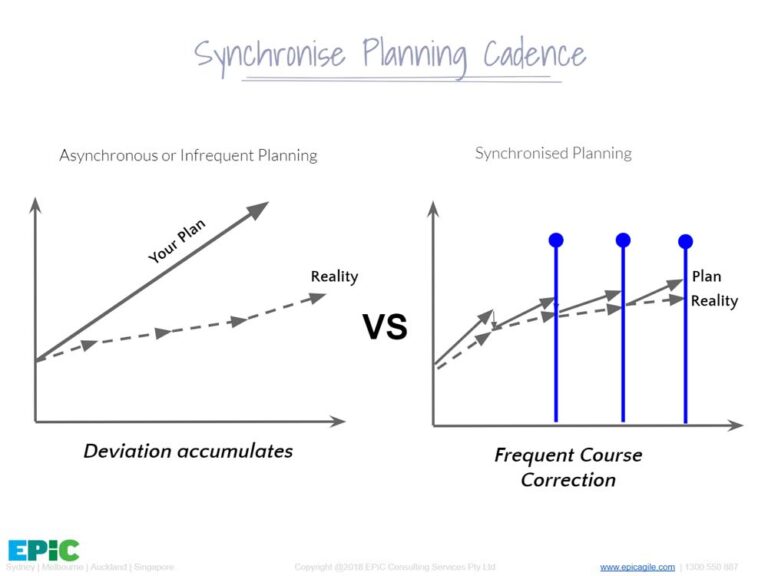
Is it worth the investment?
As a leader, a BRP event can be seen as costly: a large group of people all coming together for one or two days and only focusing on what’s coming up for the next quarter. A leader has to consider, “Is this worth it?” The answer is yes. A BRP event is an investment towards more successful outcomes, and through some key benefit areas:
• Building a powerful shared understanding for larger groups and sets of teams towards strategic outcomes and being aligned together
• Everyone is in one place for a time of focused consideration and working towards a dedicated outcome together
• Clarifies priorities and trade-offs
• Maximises the time of those involved, solving issues and dependencies between teams during the event
• Clear transparency towards escalated issues and dependencies, escalated items being those that are not able to be solved between the teams and require leadership support and enablement
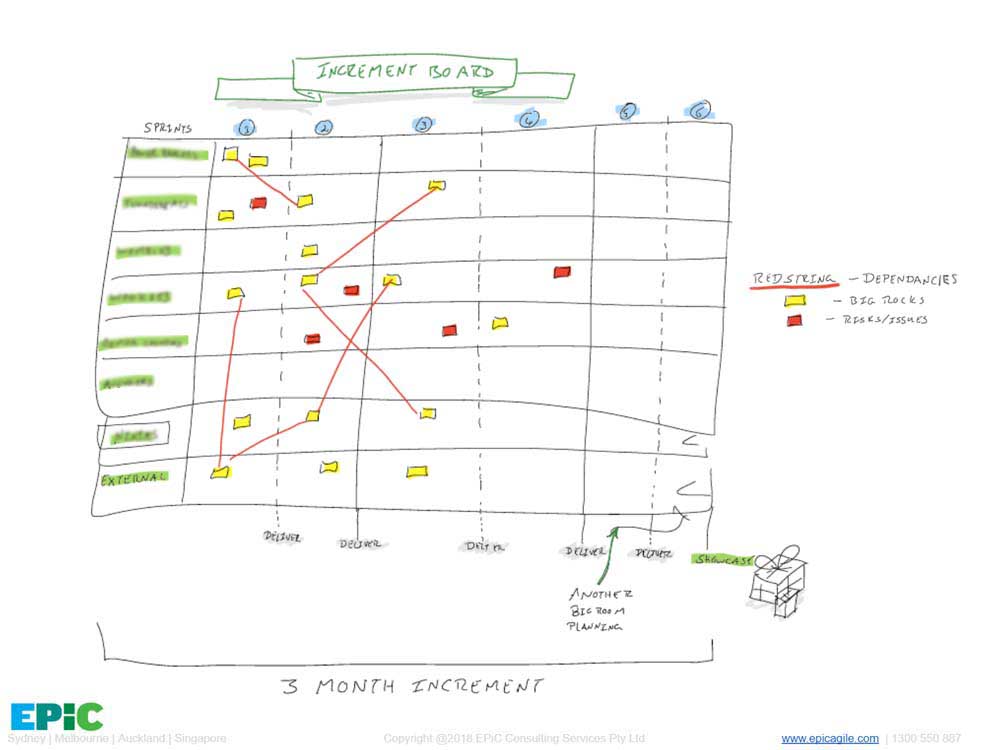
When it won’t work
If you’re engaging with leaders and you are finding the support for BRP isn’t there, it’ll be nearly impossible to have this style of event work for you. It’s necessary to have the support and commitment to at least try Big Room Planning from leaders to have a chance at it being a successful event. You’ll find it won’t work, or will be severely hamstrung, if there is mixed or split engagement from those needing to be involved. For example, if there’s split engagement across business domains required to be present for the BRP event; the benefits from the event itself are lowered due to not having all the right people in the room, not being able to resolve issues and dependencies effectively, and not having a clearly aligned group towards a single outcome.
If you’re facing the difficulty of uninterested or split engagement look to understand those that are opposed to the BRP idea: Where are they coming from? What pain points exist for them around BRP? What are their concerns? It’s possible to learn a lot from those voices and by listening you’ll be able to better understand where they are coming from. Hopefully through discussion and understanding you can come to a place where they’ll be open to experiment with the BRP event and see the value of it.
Don’t forget to add the FUN!
It can be too easy for a BRP event to turn into a really boring and procedural event, and that’s not what you want for people working in the same room together for the next day or two. It’s really important to remember to add fun into the mix. This motivates, energises and helps breaks down barriers between people and teams that will need to collaborate closely. You can add fun through culture hacks, games, and atmosphere (music, colours, plants even??).
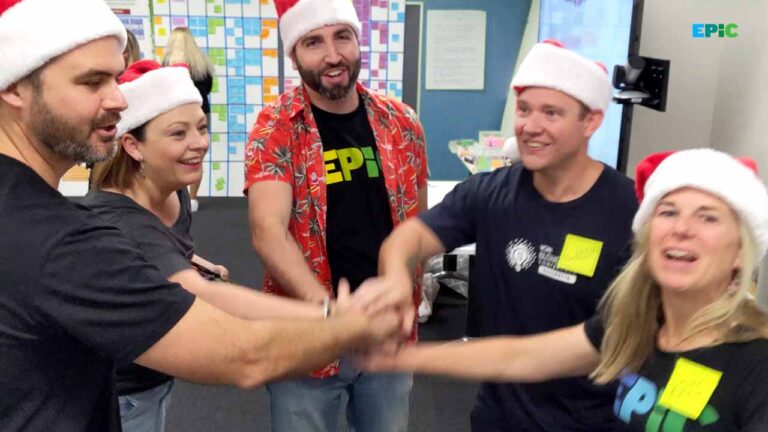
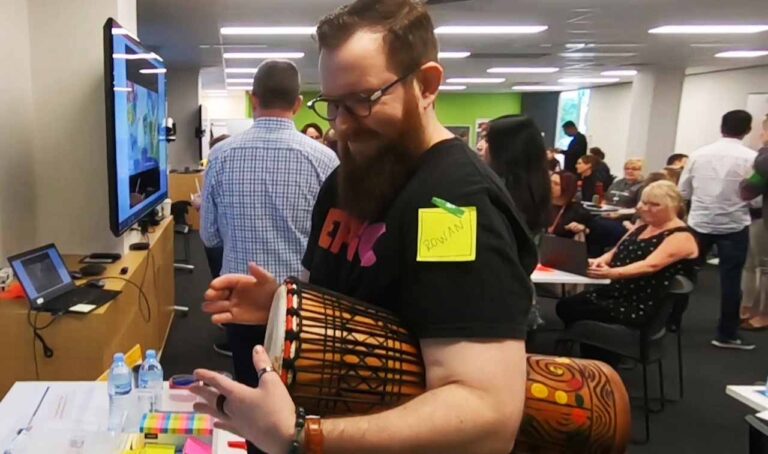
Add in an engaging icebreaker to start the day off and raise the energy in the room.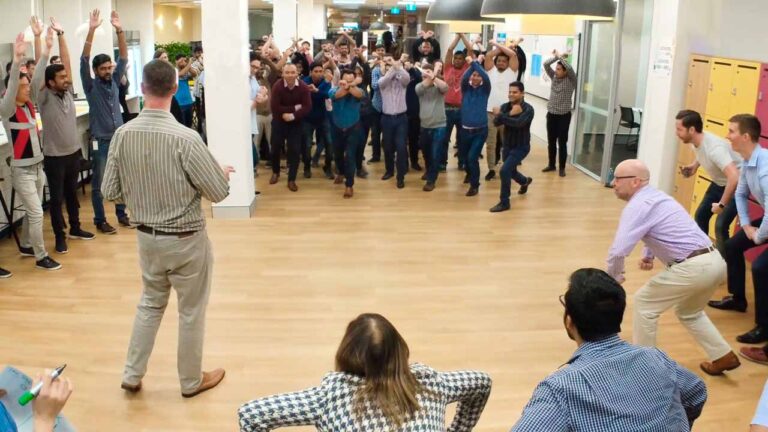
Get into some games after big breaks like lunch to bring the mind back into the right focus: stretch and reflect, unlearning mirroring. If you need some ideas, check out some of the games we’ve run:
Have some simple prizes for teams to hand out for fun things — best smile, most uplifting, deep thinking; the teams can make up their own ideas to award prizes for!

Use music as it makes sense: as a background atmosphere during team breakouts, leading into re-starting after breaks. Find the right balance between having music present and not distracting from the purpose at hand.
Want to know more?
If you’re interested in getting your own virtual Big Room Planning off the ground, or you’re already experimenting with the event and you feel like you need advice or assistance, reach out to us here and we’ll see how we can help.





